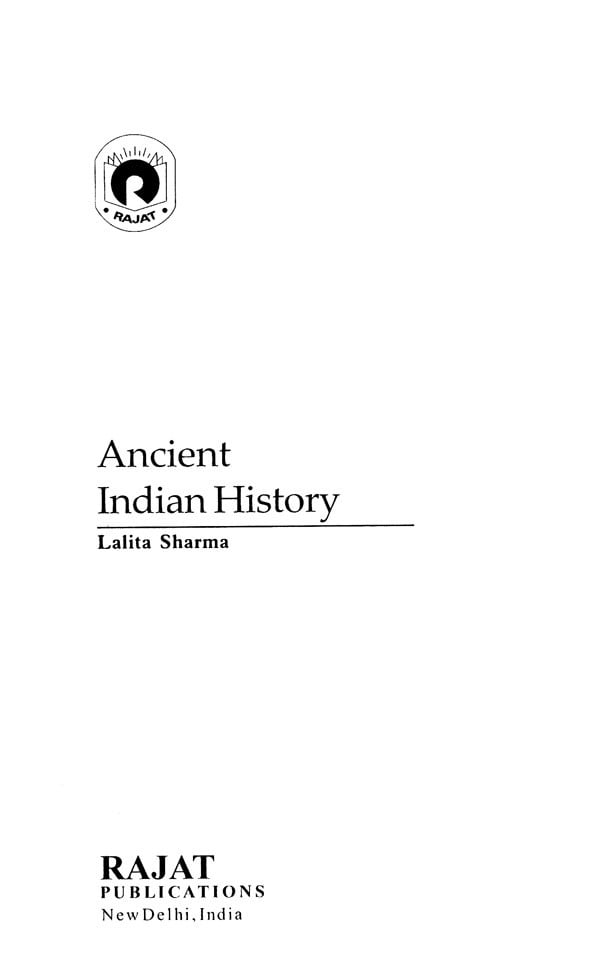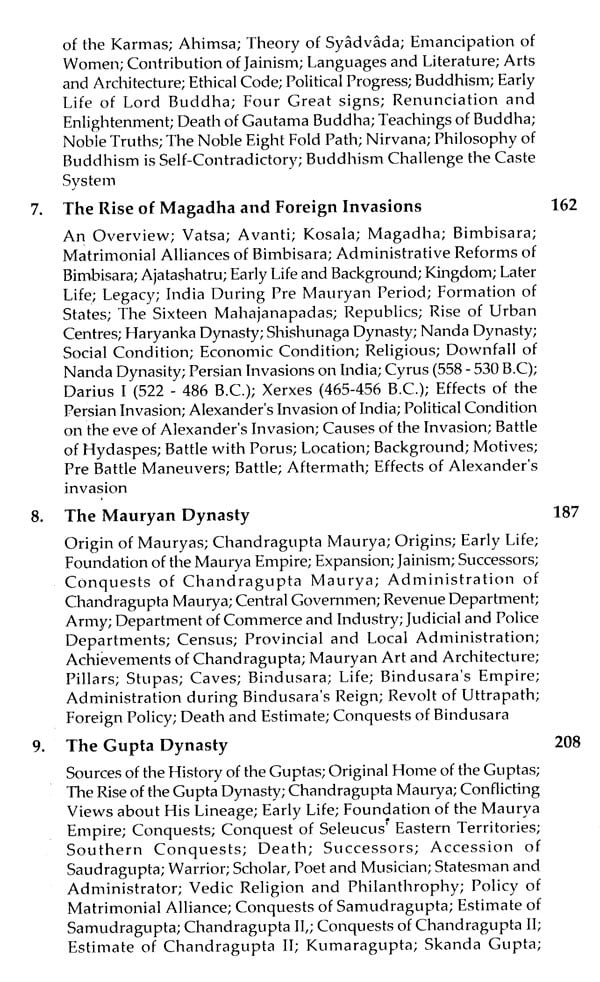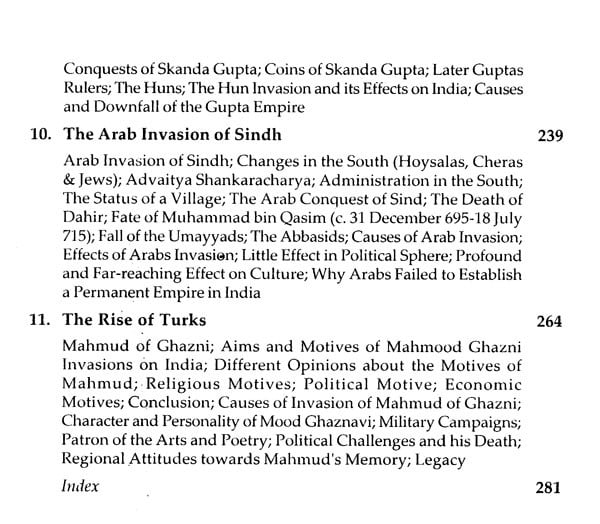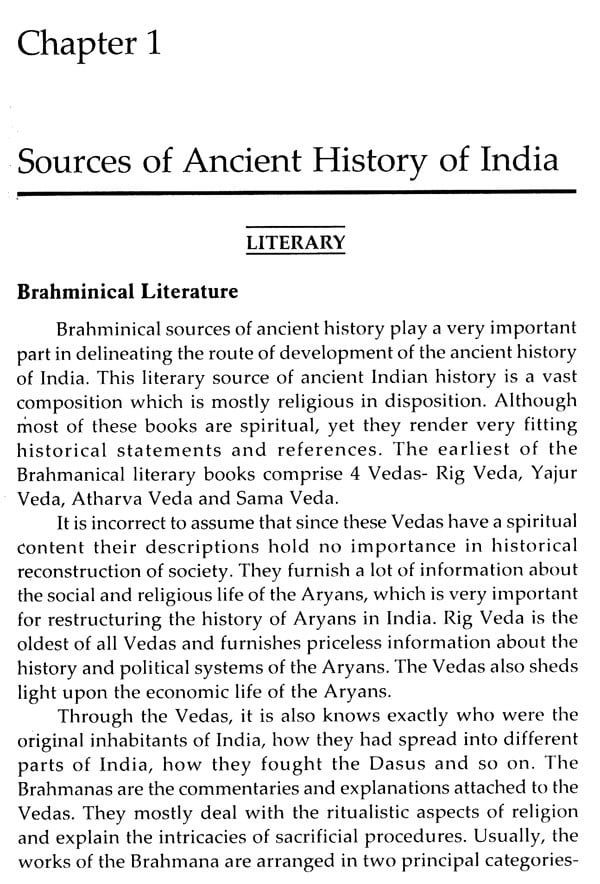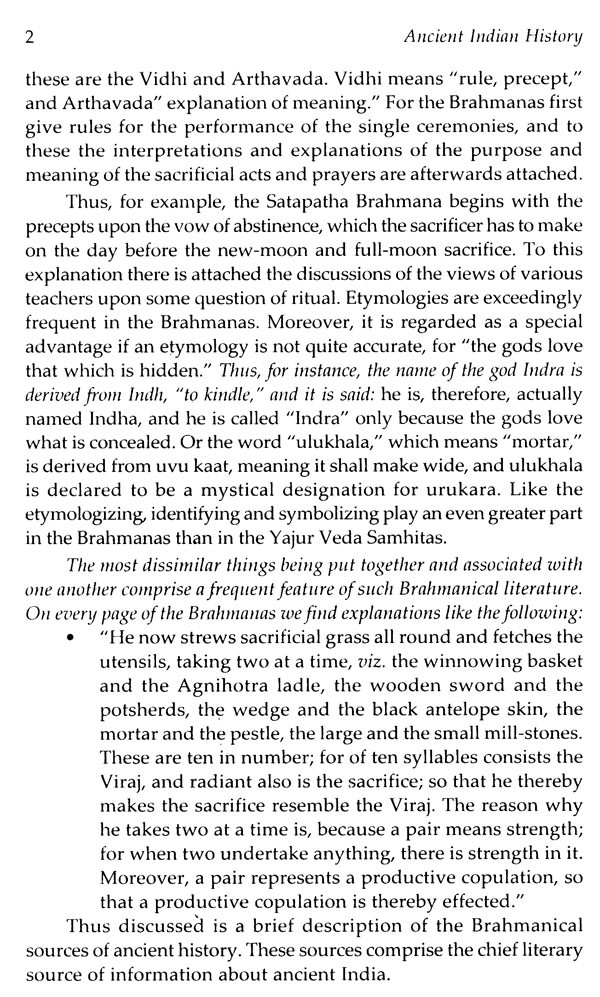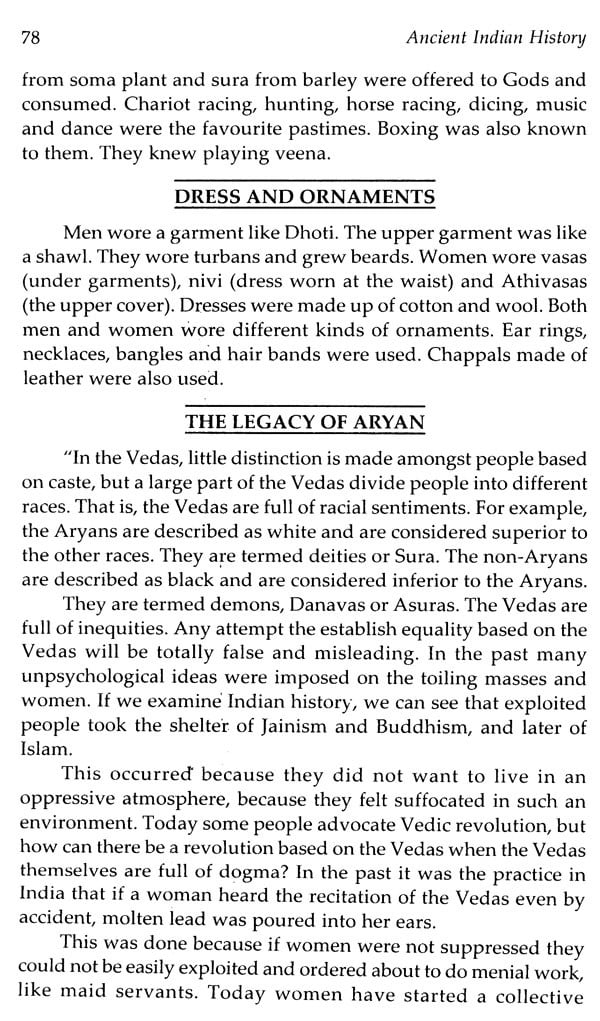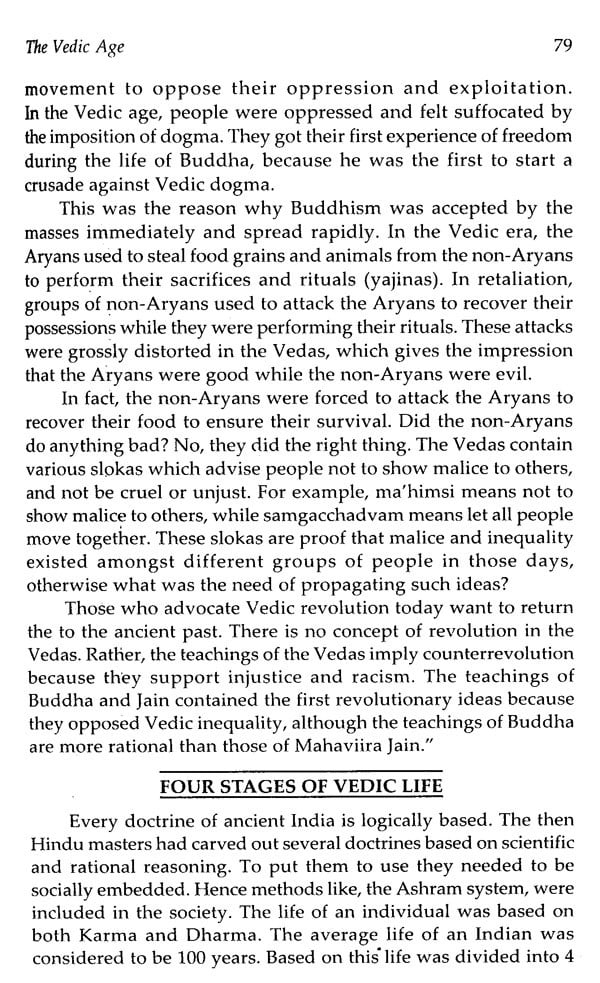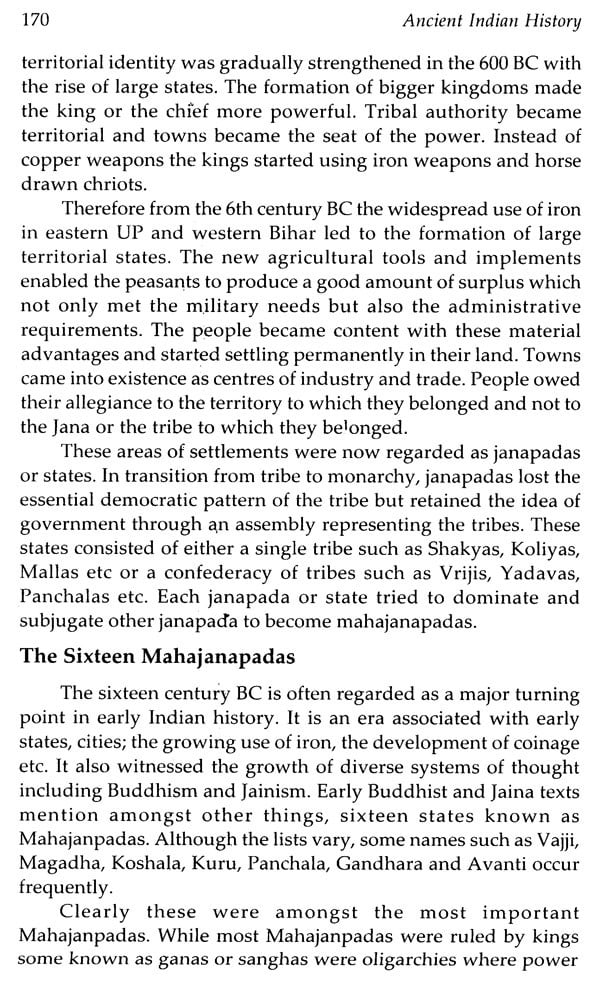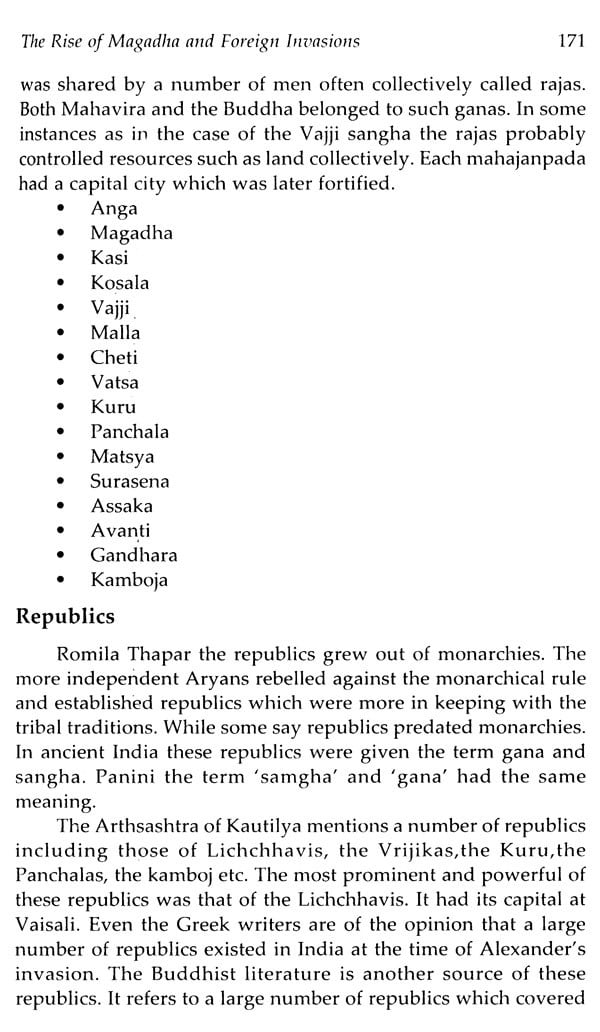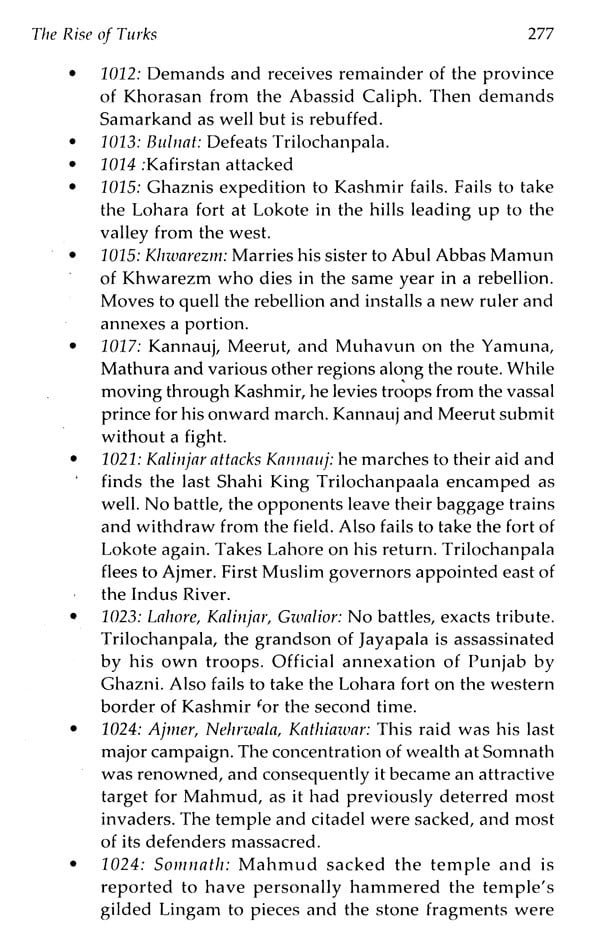About the Book The Republic of India is the second most populous and the fourth largest economy in the world. It is home to some of the most ancient civilizations, and a centre of important historic trade routes. Four major world religions: Hinduism, Buddhism. Jainism and Sikhism have originated from India. This book presents a comprehensive, intelligible, and interesting account of the Ancient Indian History. It aims at presenting the information in an analytic manner and also in chronological order. All the information, both conventional and recent, provided in the book are taken from the authoritative sources. The present book provides a much-needed, concise overview of Ancient Indian history. This authentic and well-documented work will be of much value to students and general readers with an interest in India's past.
About the Author Dr. Lalita Sharma, Masters of Arts in History from Kumauni University, M.A. in Education, B.Ed. from C.C.S University are some of her key qualifications to list. In the year 1998 she started her career in the education world as a teacher and went head to become a Vice Principal. As teaching was her passion she took to teaching students for professional courses at graduate and post graduate level. Currently she is a visiting faculty with IAMR Group of Institutions, Ghaziabad and Meerut. She is an active member with many professional bodies and has published couple of research papers.
Preface The History of India begins with the Indus Valley Civilization and the coming of the Aryans. These two phases are generally described as the pre-Vedic and Vedic periods. The carliest literary source that sheds light on India's past is the Rig Veda. It is difficult to date this work with any accuracy on the basis of tradition and ambiguous astronomical information contained in the hymns. It is most likely that Rig Veda was composed between 1,500 B.C. and 1,000 B.C. In the fifth century, large parts of India were united under Ashoka.
The 6th Century B.C. was a period of great tumult in India. The kingdom of Magadha, one of the 16 great Janapadas had become paramount over other kingdoms of the Ganges Valley. This period also saw the emergence of various heterodox sects in India. This was the time when Buddhism and Jainism emerged as popular protestant movements to pose a serious challenge to Brahmanic orthodoxy.
This period was followed by the Mauryas of whom the most famous was Ashoka the Great. The boundaries of his empire extended from Kashmir and Peshawar in the North and Northwest to Mysore in the South and Orissa in the East - but his fame rests not so much on military conquests as on his celebrated renunciation of war.
For the next four hundred years (after the great Mauryas), India remained politically disunited and weak. It was repeatedly raided and plundered by foreigners. Stability was restored by the Guptas.
**Contents and Sample Pages**
